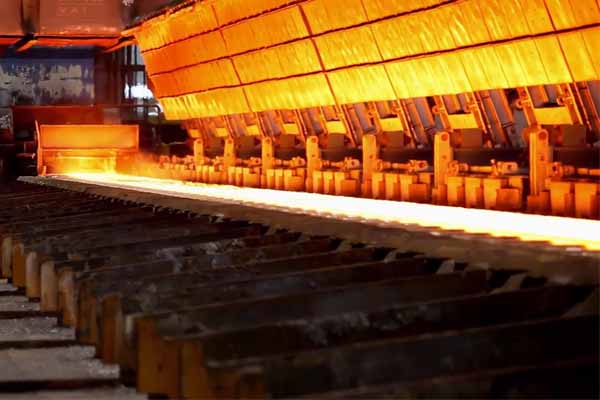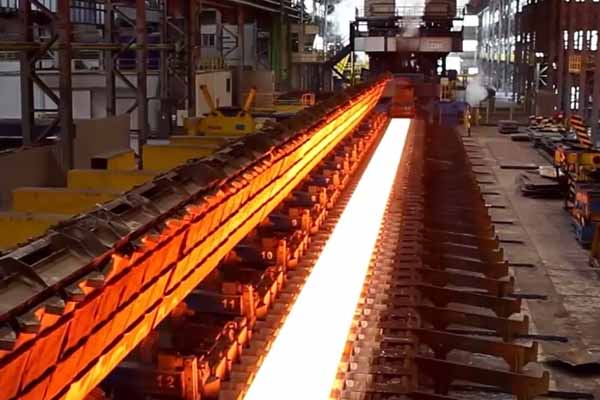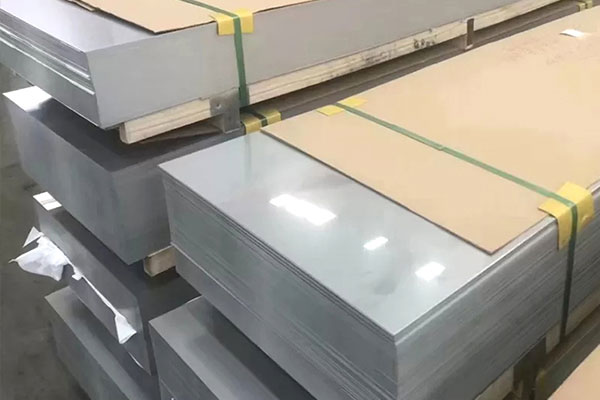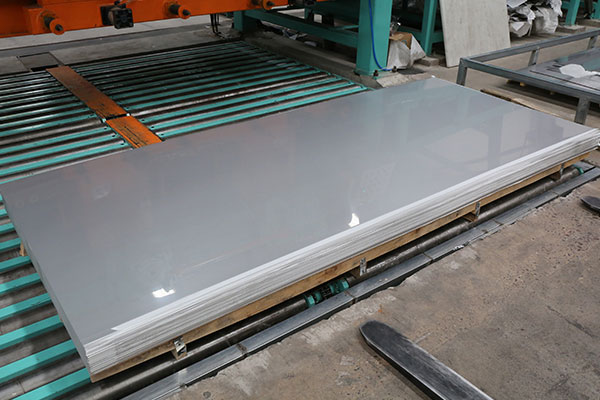The global aerospace industry, revitalized after years of pandemic setbacks, is entering a phase of aggressive growth -and 321H stainless steel plates are emerging as a critical enabler of this revival. Analysts forecast an 8% annual increase in demand for 321H plates by 2025, fueled by a confluence of factors: surging aircraft orders, retrofitting programs to meet emissions regulations, and breakthroughs in next-generation aviation technologies. This high-temperature-resistant alloy, capable of withstanding extreme thermal stress and corrosion, is now at the heart of aerospace innovation, from engine components to hydrogen fuel systems.
As airlines worldwide accelerate fleet modernization, manufacturers like Boeing and Airbus are grappling with record backlogs for narrow-body and cargo planes. Simultaneously, defense spending in NATO countries has reached unprecedented levels, driven by geopolitical tensions and the need for advanced military aircraft. These trends directly translate to higher consumption of 321H plates, which are indispensable for jet engine exhaust systems, combustion chambers, and heat shields. According to S&P Global, maintenance, repair, and overhaul (MRO) activities alone will account for 35% of 321H plate demand by mid-2025, as aging aircraft undergo upgrades to comply with stricter environmental standards.
Yet the path to meeting this demand is fraught with challenges. Supply chains, still recovering from pandemic-era disruptions, face mounting pressure to secure certified aerospace-grade 321H plates. Deloitte reports that lead times for these materials have lengthened by 20% since 2022, exacerbated by shortages of nickel -a key alloying element -and heightened quality assurance protocols. In response, stainless steel producers like ATI and Outokumpu are ramping up production capacity, while aerospace giants increasingly lock in multiyear contracts with suppliers to hedge against volatility. This shift marks a strategic realignment in procurement strategies, emphasizing resilience over cost-cutting.
Innovation is further propelling 321H into the spotlight. The race toward sustainable aviation has spurred demand for materials that balance durability with environmental compliance. Hydrogen propulsion systems, for instance, rely on 321H plates for cryogenic fuel storage and distribution, as the alloy's resistance to embrittlement at ultra-low temperatures makes it ideal for handling liquid hydrogen. Startups like Universal Hydrogen are already integrating 321H into modular fuel cell designs, a market projected to grow 12% annually through 2030. Meanwhile, regulatory frameworks such as the EU's Fit for 55 initiative are pushing manufacturers to adopt lightweight, corrosion-resistant materials, positioning 321H as a cornerstone of greener aviation.
Despite the optimism, risks linger on the horizon. The International Stainless Steel Forum (ISSF) warns that volatile nickel prices could inflate production costs by 10–15% in 2024, squeezing profit margins for both steelmakers and aerospace firms. Labor shortages in critical manufacturing hubs and competition for titanium -a complementary material in composite aerospace structures -add layers of complexity. Nevertheless, industry leaders remain bullish. A Goldman Sachs analyst notes that the projected 8% demand growth for 321H stainless plates might be conservative, as emerging sectors like space tourism and supersonic travel could trigger unexpected spikes. Companies investing in 321H today, they argue, are not just capitalizing on current trends but future-proofing their supply chains for a high-stakes era of aviation.
In this evolving landscape, the story of 321H stainless steel plates transcends mere material science -it reflects the aerospace industry's broader pivot toward resilience, sustainability, and technological ambition. As aircraft take to the skies with lighter, cleaner, and more efficient designs, the success of this transformation will hinge on the ability to scale production while navigating geopolitical and economic headwinds. For stakeholders, the message is clear: in the quest to redefine modern aviation, 321H isn't just a material of choice but a strategic asset in an increasingly competitive race for the future.
 English
English Русский
Русский







